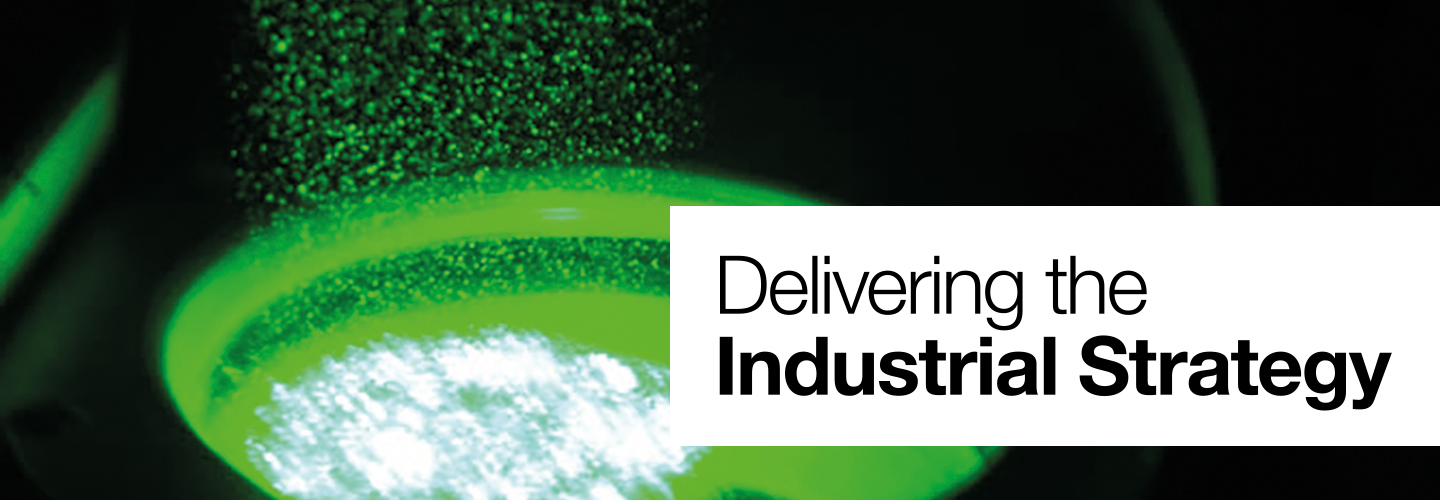Improving air quality through LIDAR
The University of Hertfordshire’s bespoke laser radar or ‘lidar’ system is at the forefront of research into the effects of atmospheric pollution on climate change, air quality and human health.
The University’s bespoke 3D laser radar facility is the most powerful instrument of its kind in Europe and one of the most advanced lidar systems in the world. Its design has been informed by the expertise of researchers in the University’s School of Physics, Astronomy and Mathematics, whose ability to operate the lidar technology and harness the laser power is built on decades of research.
Lidar (light detection and ranging) systems work by firing rapid pulses of laser light at the surface of an object, such as gases, particles or natural and man-made pollutants, in order to map its chemical properties. Laser light can be fired into the troposphere, enabling researchers to analyse pollutants up to a height of 20km. It is a comparatively young research field, and the University’s researchers are poised to deliver ground-breaking insights into how the distribution and make-up of pollutants in the earth’s atmosphere contribute to the process of climate change and impact on human health.
Fundamental research
The University’s researchers also aim to apply the technology to the identification of bacteria and pollen in the air, which could improve the forecasting of respiratory infection and allergy risk, and to more accurate monitoring of airborne fungi and spores for crop protection. Improved forecasting of volcanic ash cloud and desert dust outbreaks will benefit the aviation sector.
The Hertfordshire lidar forms the core of a research hub with huge potential for applications in areas ranging from opto-electronics and spectroscopy to bioaerosols, cancer research and medical instruments. The technology is enabling Professor Detlef Mueller, of the University’s Centre for Atmospheric and Climate Physics Research, to carry out fundamental research while also training the next generation of lidar specialists, who will be able to advance their research methods through working with lidar groups worldwide.
Professor Detlef Mueller
Professor, Centre for Atmospheric and Climate Physics Research
Professor Detlef Mueller works in the field of remote sensing of the atmosphere, the radiative, optical, physical, and chemical properties of man-made (anthropogenic) and natural (e.g., dust, forest-fire smoke, sea salt) air pollution, and the impact of this pollution on present and future climate. His work is interdisciplinary. It covers various fields of traditional physics (lasers, optics, thermodynamics), atmospheric physics (atmospheric pollution, radiative transfer, and meteorology), mathematics (ill-posed inverse problems), and computational data analysis (data inversion, data mining, neural networks)
Meet the team
- Dr Chris Stopford
- Professor Joseph Ulanowski
- Professor Ranjeet S Sokhi
